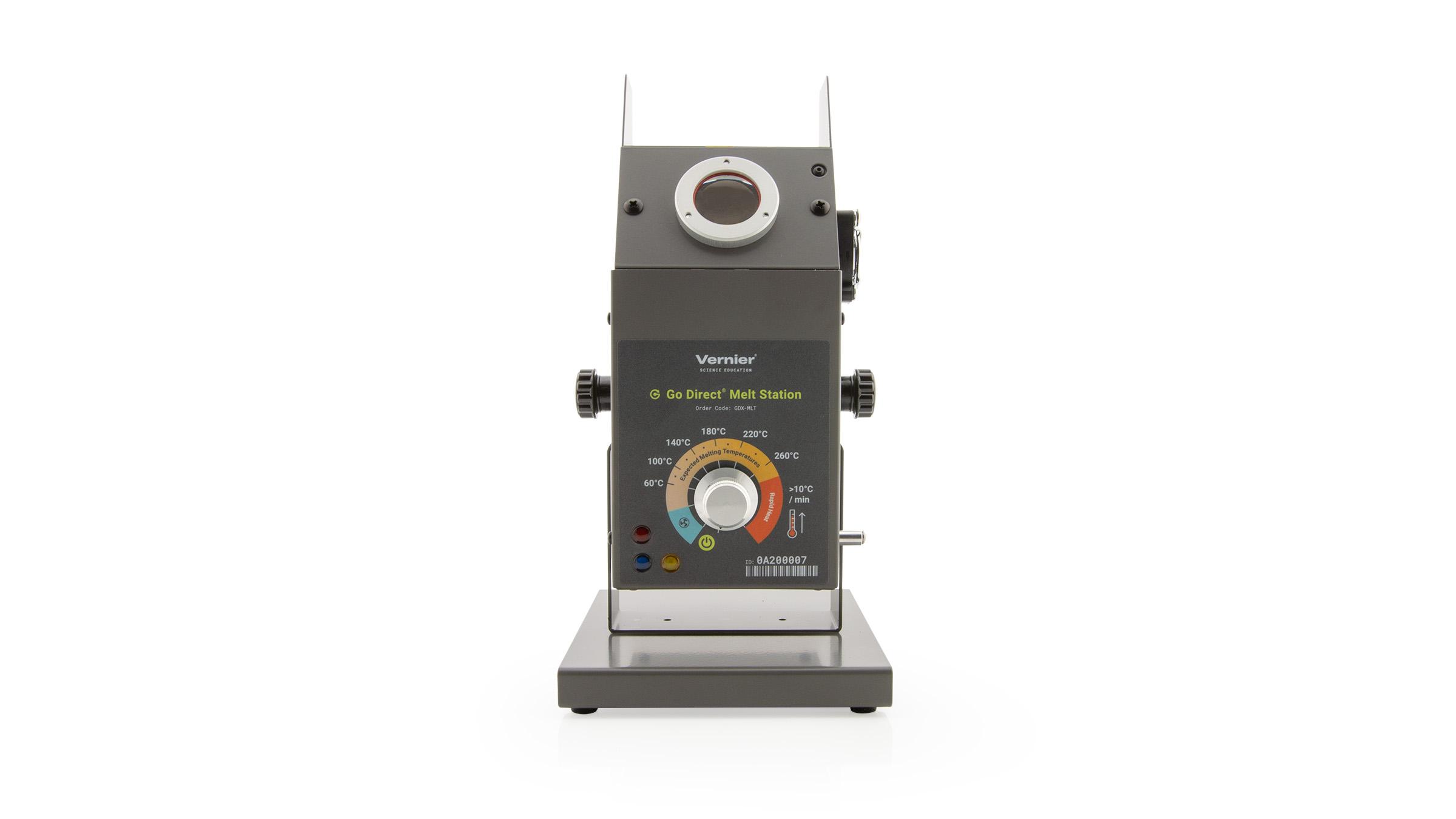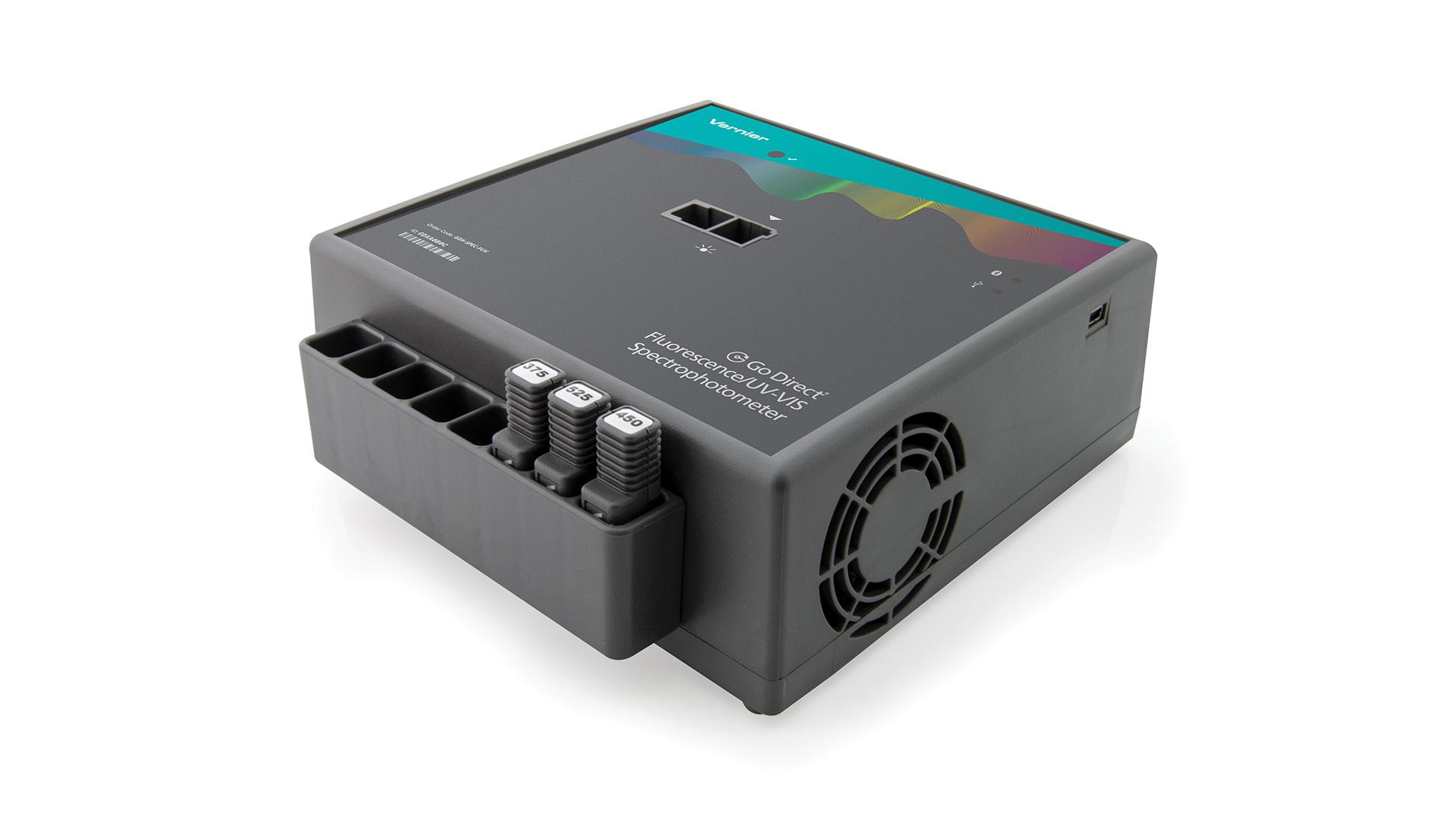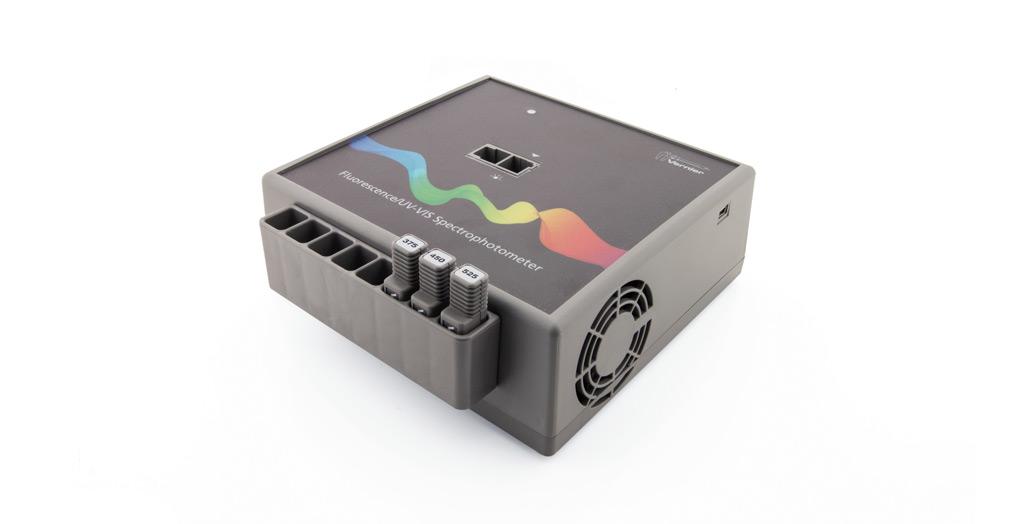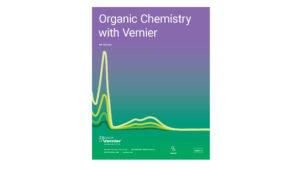Identifying an Unknown Analgesic by Three Methods
Experiment #4 from Organic Chemistry with Vernier
- Education Level
- College
Introduction
Thin-layer chromatography (TLC) is an important technique in organic chemistry. TLC uses the different affinities a compound has for the mobile and stationary phases to achieve separation of mixtures of organic compounds. TLC can also be used to identify compounds by comparison with known samples, check the relative purity of a compound, and monitor the progress of a reaction.
In thin-layer chromatography, the stationary phase is the adsorbent (usually silica or alumina) coated on a sheet of glass, metal, or plastic. The sample is applied as a spot near the bottom of the plate. The TLC plate is then placed in a developing chamber containing a shallow layer of solvent where the mobile phase (solvent) slowly rises by capillary action.
Under a given set of conditions, a specific compound will travel a fixed unique distance relative to the solvent front. Different compounds generally move at different rates. As a result, if the sample is a mixture of compounds it will separate into a series of spots at varying distances up the plate. If the sample is pure, then only one spot will result. A UV light source is used to visualize the spots on the TLC plate. Under UV light, the chemical deposits will appear as dark spots against a bright background.
TLC separation results are expressed in terms of Rf (retention factor) values. The Rf is a ratio calculated by dividing the distance traveled by the sample by the distance traveled by the solvent at the end of the experiment.
In this experiment, TLC and melting temperature will be used to identify the active ingredients in an unknown over-the-counter medicine tablet. The tablet you will test contains one or more of the following: acetylsalicylic acid (aspirin), acetaminophen (the active ingredient in Tylenol®), caffeine (ingredient in Excedrin®), and/or ibuprofen (the active ingredient in Advil®).
Objectives
In this experiment, you will
- Calculated the Rf values of acetylsalicylic acid, acetaminophen, caffeine, and ibuprofen.
- Determine the melting temperature of each of these analgesics.
- Identify the solvent system for good separation.
- Use TLC and melting temperature to identify your unknown analgesic.
- Use absorbance spectroscopy to further identify your unknown analgesic.
Sensors and Equipment
This experiment features the following sensors and equipment. Additional equipment may be required.
Ready to Experiment?
Ask an Expert
Get answers to your questions about how to teach this experiment with our support team.
- Call toll-free: 888-837-6437
- Chat with Us
- Email support@vernier.com
Purchase the Lab Book
This experiment is #4 of Organic Chemistry with Vernier. The experiment in the book includes student instructions as well as instructor information for set up, helpful hints, and sample graphs and data.







